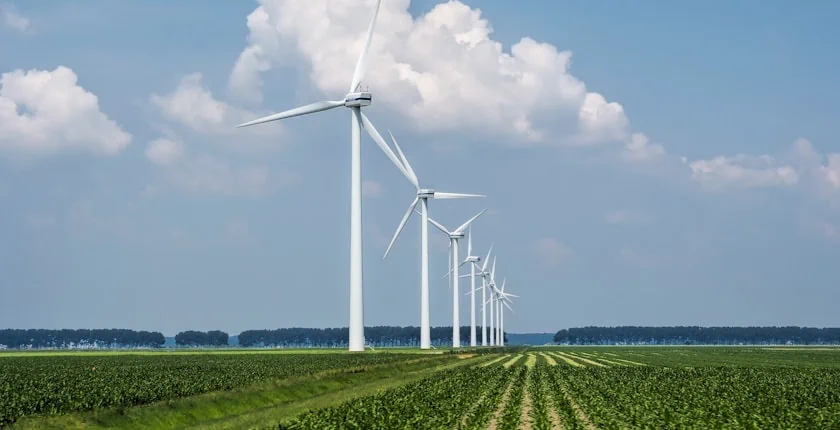A study found that Bulgaria is expected to increase its total wind power capacity by as much as 9.2 GW by 2040. The most suitable areas, in the northeast, have a combined onshore and offshore potential of up to 10.2 GW. The country’s Black Sea can host 176 GW in theory.
The slow adoption of wind energy in Bulgaria can be primarily attributed to various governance shortcomings, the Center for the Study of Democracy said in its study, overseen by the Austrian Institute of Technology. It pointed to ad-hoc regulatory changes, technical and administrative bottlenecks before grid connection and access, opposition from local communities, land use and environmental conflicts and, more generally, a lack of political commitment.
Wind-rich areas lack grid capacity
Projects in the pipeline are all located in areas with limited grid availability, the document notes. Based on a modeling assessment conducted by CSD in cooperation with the Regional Center for Energy Policy Research (REKK), Bulgaria can add between 3.8 GW and 4.2 GW by 2030, all in the northeastern part of the country, and another 5 GW by 2040.
Up to 10.2 GW in onshore and offshore wind capacity can be added in the northeastern districts of Varna, Dobrich, Razgrad and Shumen. The areas have high utilization factors and suitable land use and environmental conditions. The facilities can produce 26.2 TWh of electricity per year, or more than two thirds of the current power demand in the country, according to the study.
Northeast also dominant in Bulgaria’s 176 GW offshore wind potential
A total of 40 GW to 42 GW can be installed, when Natura 2000 areas are completely excluded, in areas with slightly lower average utilization.
The document reveals that 34.5% of the Black Sea coastal area is considered suitable for offshore wind deployment, with an overall potential of 176 GW, also mostly in the northeast. The large majority is 24 nautical miles (44.4 kilometers) or more from the shore. The researchers calculated the potential by taking 4.95 MW class turbines for onshore wind and 8 MW units for offshore wind.
Minister of Environment and Water Julian Popov said the country should cooperate with Greece, Romania, the Western Balkans and Ukraine on the development of the wind power sector.
According to the International Renewable Energy Agency, Bulgaria had 704 MW in total in wind farms installed by the end of last year.
Source: balkangreenenergynews











